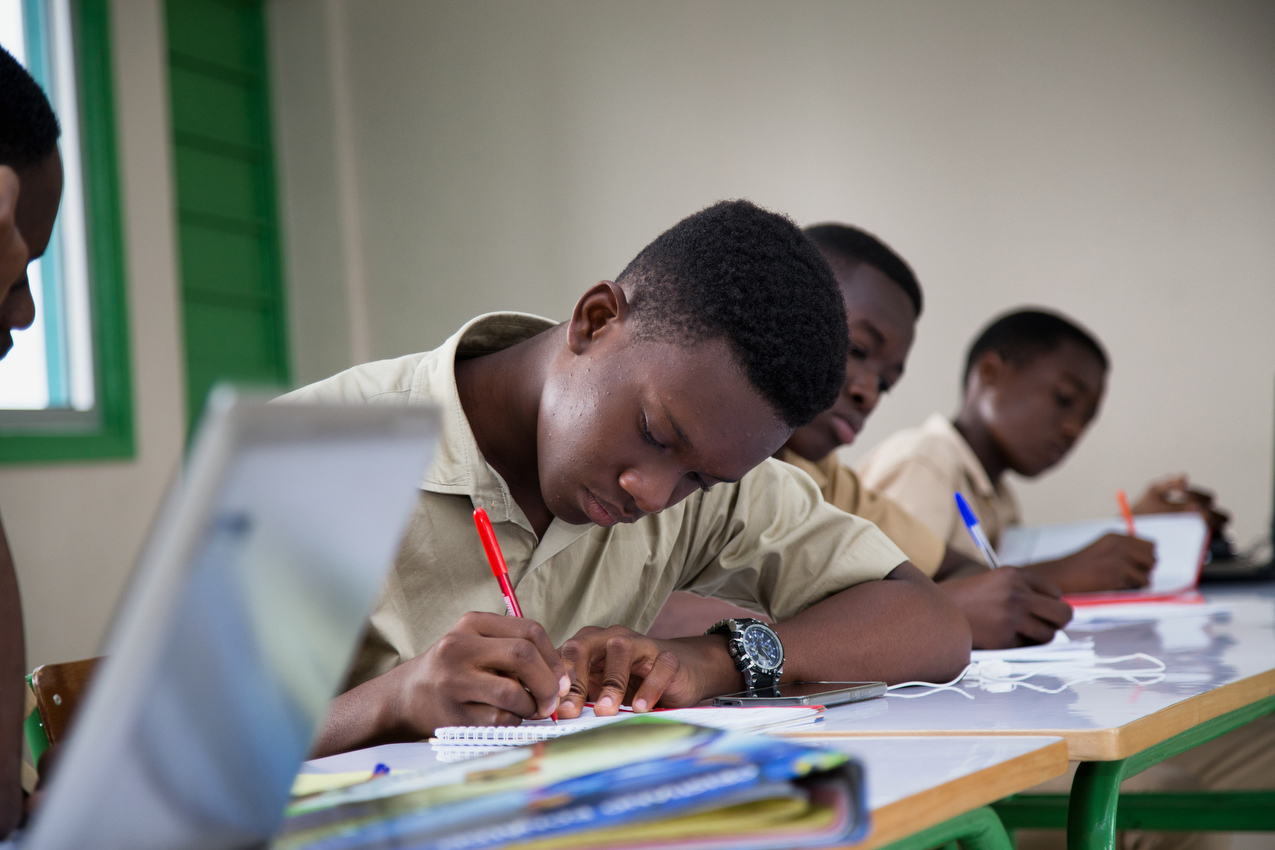Two feel-good films and four exceptional female role models for #IWD2017
Every year across the entire world, 8 March is traditionally dedicated to raising awareness of women’s rights and how far we still have to go to reach a point where girls and boys benefit from the same opportunities. We decided, for this 8 March 2017, to devote this post to women who have broken all the taboos and succeeded in areas that are traditionally male-dominated. These heroines and their stories have been celebrated in two recently released films. “Queen of Katwe”, by director Mira Nair, released in October 2016, and a film by Theodore Melfi, “Hidden Figures”, which is currently showing in cinemas worldwide.
It’s remarkable that Hollywood has decided to deal with these subjects and these projects were undoubtedly able to get off the ground thanks to the drive to raise awareness of the angled viewpoint (with primarily white, male heroes/leading roles) with which screenplays were read and evaluated in the past. Maybe the Bollywood and Nollywood screenwriters will now jump on the bandwagon so that we have more opportunity to admire other edifying stories of inspiring women…
The two films are based on true stories (yes – we don’t even have to use our imaginations to think up stories of remarkable women!), in which the main characters are a young Ugandan woman (“Queen of Katwe”) and three African-American women during the era of segregation in the United States (“Hidden Figures”), who defy the conventions of their respective times and succeed in making an impact in essentially male-dominated worlds.
Phiona Mutesi in “Queen of Katwe” is a young girl from a large, poor family in the shanty town of Katwe, on the edge of Kampala. She helps her mother by selling corn cobs to drivers on the street. One day, she is drawn to a chess club started up by a missionary teacher in the area. She soon becomes fascinated by the game and turns out to be very talented. Her teacher, on discovering her exceptional talent, takes her under his wing, guiding her to victory in a competition against the very best young players from the private schools in Kampala and bringing her on to take part in tournaments on the international circuit. The film is a heart-warming story of hard work and resilience: even if you’re talented, it’s not easy to succeed. It also provides a colourful, but not rose-tinted, view of daily life in an African shanty town. The actors, most of them unknown, are excellent.
The “hidden figures” are three black women who worked at NASA in the calculations department, before computers were invented to calculate in just a few seconds what took the “little hands” sometimes whole days. The women eventually go on to play critical roles in the teams charged with developing manned space flights. Each of them in a different area, they succeed in convincing their colleagues that they are essential to the project. Katherine Johnson, mathematician, recalculates the trajectories of the first manned space flight launched by the United States. Dorothy Vaughan is the first person to understand the operation of the first IBM computer installed at NASA, and Mary Jackson is one of the first black women to obtain a degree in aviation engineering. The film highlights the dual discrimination that these characters face: firstly, as women without credibility in the world of science, and secondly as black people in a country still marked by segregation. These women’s careers did not end there. In 2015 Katherine Johnson was awarded a prize for her work in science and a mathematical research centre was renamed in her honour.
The messages conveyed by these two films (watch them, and show them to your daughters as well as your sons) are those promoted by UN Women on International Women’s Day 2017: in particular, that careers should be opened up to women that enable them to depart from their traditional social roles, and that women are over-represented in low-income industry sectors. The low number of young women in science, engineering and IT professions reflects the internalisation of barriers that are by no means inevitable. Education professionals, parents and teachers must be aware of this and help girls that show the desire to choose and persevere in these areas that are still very male-dominated. The films show very clearly the determining role played by mentors, educators and parents in reaffirming to the heroines that they can indeed take their rightful place in these male strongholds.
As a parent, education professional or teacher, how are you encouraging girls to follow scientific careers? Tell us by commenting on this post or send your contribution to [email protected]!
See below for the lecture by Phumzile Mambo-Nguca, Executive Director of UN Women.






